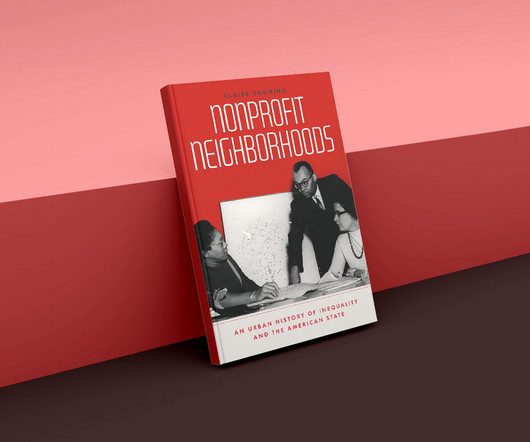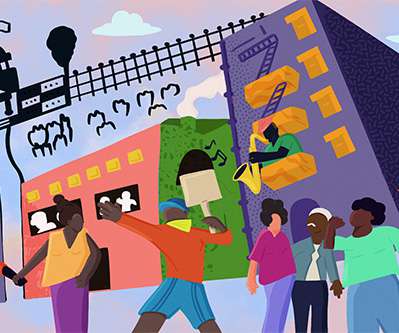Building Community through Holistic Strategy: A Story from a Seattle Immigrant Suburb
NonProfit Quarterly
OCTOBER 25, 2023
Image credit: TuiPhotoengineer on istock.com This is the fifth and final article in NPQ ’s series titled Building Power, Fighting Displacement: Stories from Asian Pacific America , coproduced with the National Coalition for Asian Pacific American Community Development ( National CAPACD ).

















Let's personalize your content